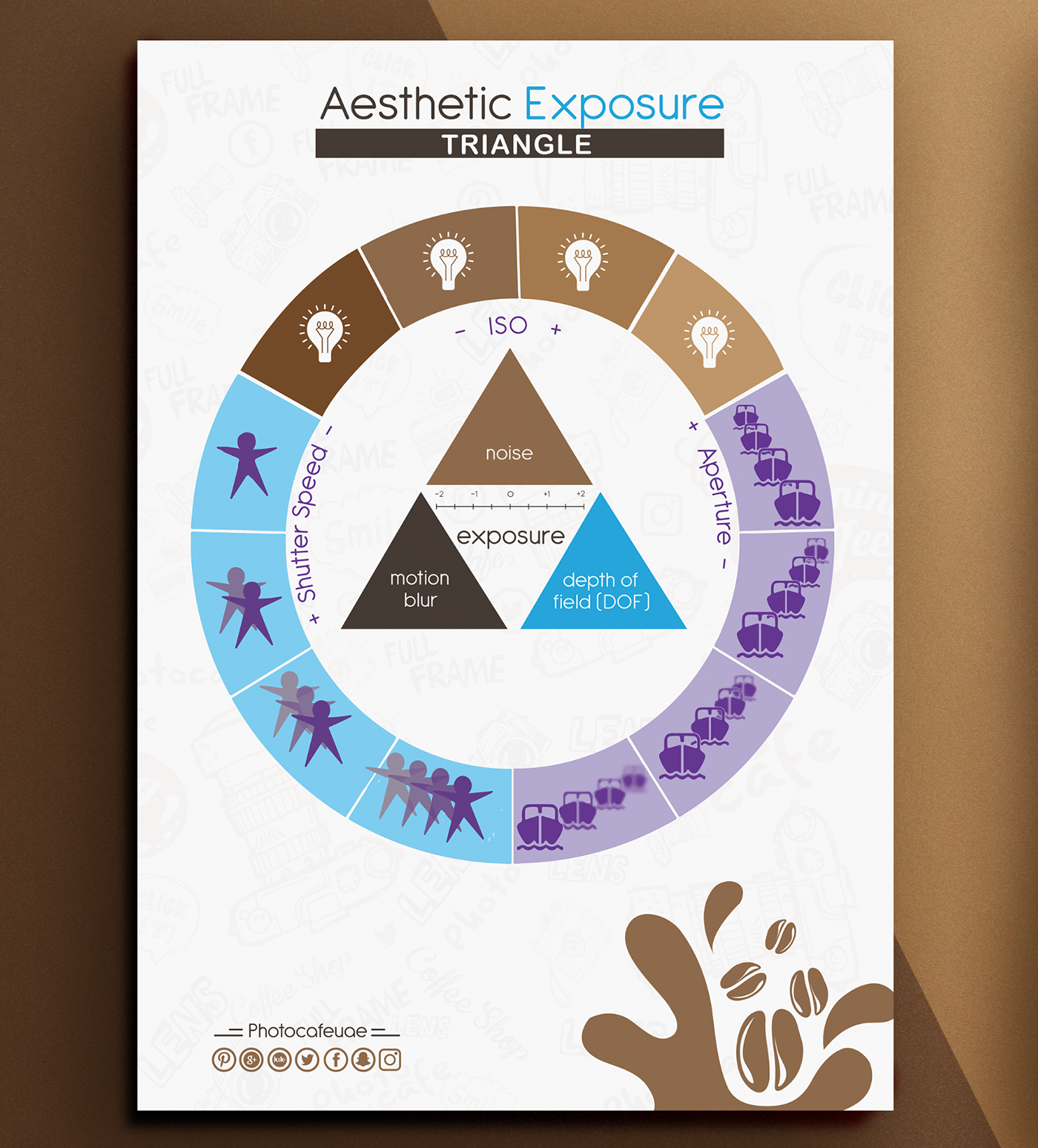What Every Professional Photographer Ought To Learn About Lighting
What Every Professional Photographer Ought To Learn About Lighting
Blog Article
Authored By-Boone Riddle
As a professional photographer, you recognize that illumination can make or break your pictures. Comprehending the subtleties of both natural and man-made light is vital for catching the state of mind and clarity you aim for in your work. Whether https://www.gadgetsnow.com/slideshows/13-photography-tips-to-get-picture-perfect-diwali-photos/13-tips-to-click-perfect-photos-with-your-smartphones-this-Diwali/photolist/71748832.cms going after the perfect golden hour glow or tweak your fabricated setups, mastering these aspects can elevate your photography significantly. Yet there prevail https://squareblogs.net/daine20darnell/innovative-ways-to-market-your-photography-solutions that several overlook, and recognizing them can change your method to every shoot. Allow's explore what you may be missing out on and how it can influence your outcomes.
Comprehending All-natural Light
Recognizing natural light is crucial for any type of digital photographer wanting to improve their work. It's the structure of great photography, influencing mood, tone, and clearness. When you shoot outdoors, take note of the time of day. https://squareblogs.net/asuncion7jacqueline/open-the-keys-to-discovering-the-ideal-camera-for-your-needs-but-which-kind -- soon after sunrise and prior to sundown-- offers soft, warm light that can change common scenes into stunning images.
Don't take too lightly the power of cloudy days. Cloud cover diffuses sunshine, producing a soft, also light that's ideal for portraits and macro photography. You'll discover colors pop in this type of lighting without harsh darkness.
Placing matters, too. Always consider your subject's positioning to the source of light. If the sunlight's behind your subject, you might end up with a shape, which can be dramatic however mightn't be what you want. Alternatively, straight sunshine can produce uncomplimentary shadows.
Explore angles; sometimes, transforming your viewpoint can yield incredible outcomes. Use all-natural reflectors, like water or sand, to jump light onto your topic, adding measurement.
Learning Artificial Light
Mastering artificial light is vital for digital photographers that wish to take their abilities to the next degree. Whether you're utilizing speedlights, studio strobes, or constant lights, recognizing exactly how to manipulate these resources can substantially improve your pictures.
Begin by familiarizing on your own with the basics of light high quality, instructions, and shade temperature level. Trying out various modifiers like softboxes, umbrellas, or grids to control the softness or cruelty of the light.
You'll locate that soft light commonly develops flattering results, while harsher light can add dramatization and depth. Don't avoid darkness; they can improve the three-dimensionality of your topics.
Pay attention to the positioning of your lights. A light located as well near to your topic can develop uncomplimentary results, while as well far can cause a lack of information. Use a light meter or your video camera's histogram to guarantee you're subjecting properly.
Last but not least, bear in mind that man-made light can be blended with ambient light for imaginative results. Balancing these resources might take method, once you master it, your digital photography will absolutely radiate.
Strategies for Various Circumstances
When you step into different shooting situations, adapting your lighting methods is vital for recording the very best images. For outdoor portraits, make use of the golden hour-- early morning or late afternoon light-- to soften shadows and boost skin tones.
If it's a rough midday sun, think about using a reflector to jump light back onto your topic or seek shaded areas for a more also direct exposure.
In low-light circumstances, like indoor events, boost your ISO and make use of a vast aperture to let in even more light. A tripod can help remove video camera shake, allowing for longer exposures without blurring.
If you're shooting at evening, experiment with off-camera flash to produce dynamic lighting and depth in your photos.
For product photography, make use of diffused lights to stay clear of rough representations. Softboxes or light outdoors tents can assist achieve this effect.
When photographing landscapes, consider the instructions of light and time of day, as it can considerably alter the mood of your shot.
Always prepare to adjust your setups and positioning based upon the scenario, as flexibility is essential to grasping illumination in digital photography.
Final thought
To conclude, understanding lights is key to boosting your digital photography abilities. Embrace all-natural light's appeal during gold hour, and don't avoid trying out fabricated light strategies. By adapting your approach to various circumstances, you'll capture magnificent photos that resonate with feeling and clearness. Remember, https://www.liveinternet.ru/users/chavez_brogaard/post509031435 can transform a regular shot into something remarkable, so keep exercising and improving your understanding of both natural and synthetic light. Happy shooting!
